What is light without darkness? This is what Tim Curry’s character of Darkness ponders in the 1985 film Legend. This fairy tale film from visionary director Ridley Scott would start filming in 1984 and even though the movie followed characters through a magical world, it would end up running into some very real problems. Scott was able to snatch up a new young actor just before he was about to become one of the biggest stars in the world and pit him against a well-respected actor known for taking chances in the parts he chose to play. Little did Scott know that making the film was only the first dragon he would have to slay. Getting it released was going to be even harder. Let’s find out how Legend became a fairy tale warning of making films in the studio system here on WTF Happened To This Movie?
Ridley Scott had always been a big fan of fairy tales. As he was wrapping up his film The Duelists, he thought it might be fun to create a brand-new fairy tale as a film. He went and re-read all the stories from The Brothers Grimm and set out to think of what he could do that would be interesting. After a while, he put the idea aside as he was worried it might be too much of an art house project and would not pull in a mainstream audience. Instead, he went on to make the classic sci-fi film Alien and began pre-production work on a little movie called Dune.
When that film fell apart and went to David Lynch to direct, he circled back again to the idea of creating this new fairy tale film. Scott felt it would be best to create an all-new story rather than try to adapt something that was already known. It would be easier to build it from the ground up for a film than to try and have to change certain aspects of the story to fit the visual medium. He came up with the general idea of a young hermit who lived in the woods that would be transformed into a hero to fight darkness and save a beautiful princess. In doing so, he would release the world from a wintery curse that had taken over.
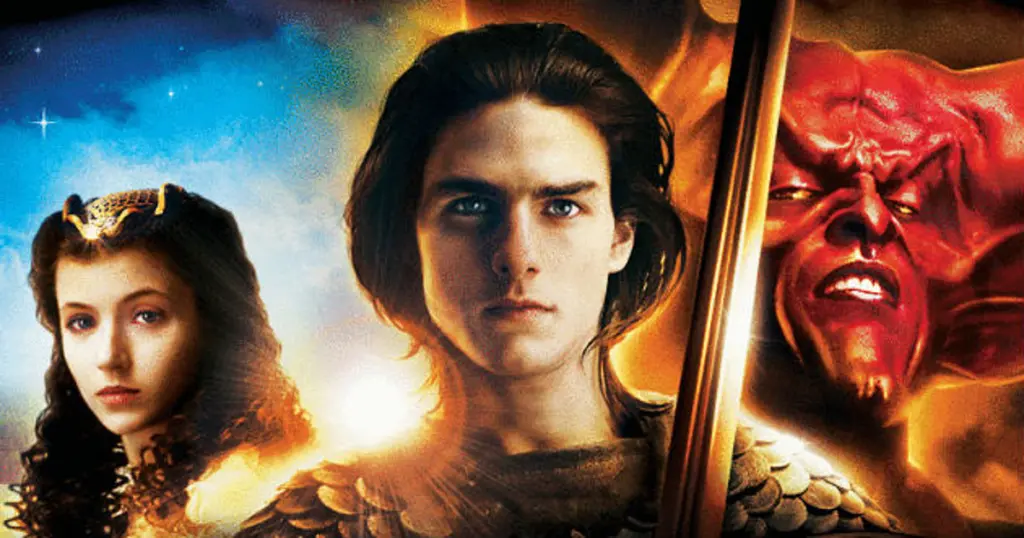
While he was figuring out how to approach the script for the film, he discovered the works of American author William Hjortsberg (pronounced Jorts-Berg). He liked his work and soon discovered that Hjortsberg had already written a few scripts for low-budget films. Scott knew he would understand how to craft a visual story and asked him if he would like to write a fairy tale with him. When Hjortsberg said he had already been working on a couple of fairy tales, Scott knew he had asked the right person.
In 1981 just before Scott was heading off to make Blade Runner, he grabbed Hjortsberg, and they spent five weeks hammering out the story line for what they were calling Legend Of Darkness. Scott knew there had to be a quest for the characters to go on and had the idea of something trying to capture the fastest animal in the forest. This would be the unicorn that would become a central crux of the story.
When Scott returned from making Blade Runner, he discovered that they had a script that was too long, very expensive, and hard to sell. The character of Lili had originally been a princess that was transformed into a clawed creature that was whipped and eventually seduced by Darkness. Parts of the story were very dark and horrific. They began to take out sections of the story that didn’t feed into the main quest. After some back and forth, they rewrote the script 15 times. It seemed to be worth it, and they were happy with the new version of the story they had.
In Legend, Darkness sends his goblins to bring him the horns from the last unicorns alive. Once they have been taken, the world will be plunged into night, and Darkness can then rule. At the same time, a young princess goes into the forest to find Jack, the young boy she loves that lives there. He tells her that he will take her to see the fabled unicorns today. When he takes her to where they live, she breaks free of his grasp and runs up to them. She touches one and the animals run off.
We see that the goblins have shot one of the unicorns with a poison dart. They hunt the unicorn down and sever its horn. Once this is done, the world plunges into a dark winter. Lili runs to a nearby cottage and sees that everything has been frozen in time. The goblins come, and she overhears Darkness tell them that the world won’t fall into permanent darkness until the last unicorn is killed.
Jack teams up with some of his forest friends to protect that last living unicorn but soon learns that Lili has been captured and that the unicorn is in trouble. The group travels into Darkness’ domain to rescue Lili and set the mythical creature free. If they can complete their quest, the world will return to normal and Darkness will once again be banished from the living world.
Scott began casting for the film and wanted someone with a theatrical presence for the role of Darkness. He began to think about Tim Curry’s performance in The Rocky Horror Picture Show. Darkness needed to be threatening but also at times seductive. He felt that Curry could easily fulfill that role and Curry found the story intriguing, so he signed on.

For Jack, they auditioned a lot of young actors. Among the group were Jim Carrey, Johnny Depp, and Robert Downey Jr. Ultimately they went with Tom Cruise who brings a young innocence to the role. Scott met Mia Sara in a casting session and loved her theatrical instincts. He hired her even though she was only 15 at the time.
When it came to the look of the creatures of the film, Scott hired special effects master Rob Bottin (Beau-Teen). Ridley had wanted him to work with him on the film Blade Runner, but Bottin was already locked into working on John Carpenter’s The Thing. Scott told him about Legend and Bottin thought it would be a great opportunity to create a wide array of creatures and signed on.
Performer Alice Playten was asked if she had any ideas for the look of the goblin Blix. She wasn’t sure if Scott would go for it, but she mentioned that what she had in mind was to make Blix look like Keith Richards. When she brought it up, Scott sat for a second and then agreed that would look really cool if they extended the nose and added the pointy ears. The makeup ended up being so convincing that when Tim Curry was visiting the set before he had to get into makeup, he met some of the other performers. Playten was in her full makeup and when Curry met her he commented that he felt like they knew each other. He couldn’t place it. After mentioning it a few times Playten mentioned that her character was designed after Keith Richards. Curry immediately saw it and started laughing.
When it came time to create Darkness, Scott hoped to showcase an amazing visual that hadn’t been put on film before. The idea was to give him the cool visual with the giant horns and make him a hulking presence. It was decided to create an apparatus that would strap onto Curry’s head to hold the horns, then a body suit to give Darkness a muscled body, and finally he had to wear lifts to make him taller. When the costume was all put together Darkness would stand about 7 foot 3. He towered over the smaller Cruise which gives the character a great presence.
Because of the form of the horns went straight outward instead of upwards, it caused a strain on Curry’s neck during fittings. Bottin was able to reduce the weight of the horns dramatically. Scott was impressed with how light the horns ended up being. They looked heavy and could withstand minimal use without breaking. It was perfect for what they needed. The makeup became one of the greatest visuals in all of cinema.
For Meg Mucklebones, Bottin based her look off of the old witch form the Queen takes in Snow White And The Seven Dwarfs. He made her more extreme looking and the entire thing was made out of foam latex. Performer Robert Picardo, yes the Doctor from Star Trek: Voyager played Meg Mucklebones, said it was tough playing the character in the water. She was supposed to burst out of the water and quickly approach Jack. He said that when they would lower him into the water, the foam latex suit would begin absorbing water so when he burst up into frame, water would go flying everywhere and then begin to leak out of the suit into the seaweed covering parts of his body. It ended up being a great visual on camera but was grueling while shooting.
The entire forest was a set built at Pinewood Studios. Scott took a trip to the Sequoia National Forest to research how he wanted this magic forest to look. He liked the giant trees and had some built on the set. It went all the way up to the ceiling and it felt like you were really in a forest setting when you walked onto it. Everything they ended up filming in the forest set had to be dubbed over later because of the abundance of noise. There were lots of fans and mechanical equipment being used. Even the scenes without the use of all this were problematic because local birds had found their way into the studio and had taken up residence in the large fake trees.
One day while everyone was at lunch, the studio the forest was in caught fire. A large tower of smoke could be seen miles away. They still had 10 days left of shooting on the set and now the entire forest setting had been destroyed. It was determined that since the crew had been using a gas line for some of the campfires in the scenes, fumes had gathered in the top of the studio and eventually ignited. Luck would have it that most of the cast and crew weren’t on set due to lunch. If so there would have for sure been tragedies. Scott even commented in the Making Of documentary on the DVD that some of the crew would have been up on walkways near the top of the studio, and they would have been trapped when the fire started.
Scott was able to readjust the shooting schedule and had smaller sections of the forest set built on another sound stage and ended up only going over by three days. Because of this, the setting where Lili and Jack meet the unicorns was moved to a garden that was located on the grounds of Pinewood Studios. The amount of greenery matched well with what the set had originally intended and everyone agreed it ended up being the perfect setting for the scene.
Once the film was done filming, attention turned to editing the movie. This is where Scott was hit with the dreaded “Studio Notes”. The film that Scott was putting together reflected a throwback to classic fairy tales, and he got Jerry Goldsmith to create an orchestral score that helped enhance that feeling.
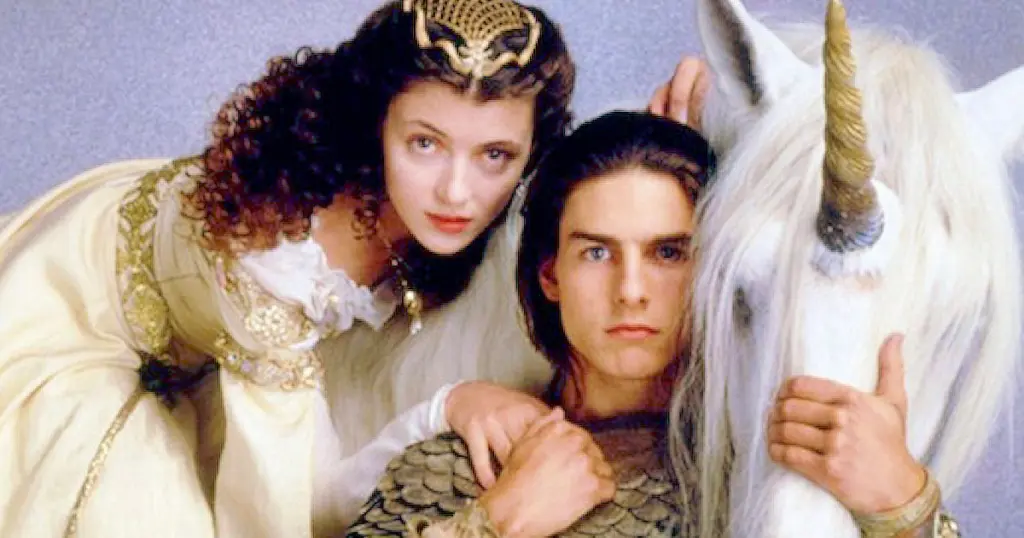
The film was sent out for some test screenings and Scott admits that some of the comments from the audience members shook his confidence in the running time of the movie. He then trimmed it down from 2 hours and 30 minutes to 1 hour and 38 minutes. Studio execs were also worried about the film and started to give some suggestions. They wanted to appeal to a younger demographic and commissioned a score from the band Tangerine Dream. This was vastly different from what Goldsmith had done and changed some of the tone of the film. In a compromise, Scott was able to keep the original Goldsmith score for the European release but the US release would include the new score.
Even some of the actor’s voices were changed. A studio exec stated that they thought the character of Gump played by German actor David Bennent “sounded too German,” so the character was redubbed by Alice Playten who played Blix.
The film itself would undergo even more edits. Scott has stated that the film lost some of the magic it originally had. He felt the original story expressed how everyone had their own flaws and would try to overcome them. Jack was supposed to be portrayed as being lustful over Princess Lili but would later prove his true love for her. Gump is shown to have a bad temper when he didn’t get what he wanted. Lili is seen as greedy throughout the film as she is always taking things or constantly trying to go where she has been expressively forbidden to go. When the film was changed, Scott said he felt it had been pushed to be more of a stereotypical 80s fantasy film. Tom Cruise was so unhappy with the American cut of the film that he refused to talk about it for years.
In 2002 Scott was given the chance to produce a Director’s Cut of the film. This added in new scenes and even replaced some scenes with alternate takes. The first order of business was to add back in the Goldsmith score for the film. When they went to find the original masters of the recordings, they couldn’t be found. Scott was worried that the original score wouldn’t be able to be used for this new cut of the film. Luckily an engineer at the studio had kept a two-track digital copy of the score because he thought it might be worth preserving. They were able to use that to recut the music for use in the new cut.
In this new version we even get to see a new ending. While it’s not a major change, it does switch things up. The original ending had Jack and Lili running into the forest as they turn to wave goodbye to their forest friends. Here we have a scene with Jac and Lili where she says goodbye and that she will be back to see him soon. She runs out of the forest and waves at Jack. He waves back and watches her go. Then as Jack takes in that the world has been restored as it should be he runs off and runs into the sunset. Jack by himself turns to see his forest friends and waves at them before he runs off into the sunset.
Everyone involved with the movies has pretty much universally agreed that the director’s cut is superior to the US Theatrical cut of the film and that it preserves what the original intent of the film was supposed to be. But some of us that came of age in the late 80s and early 90s do find it hard to let the original theatrical cut go as it is how we first saw the film. Both cuts are worth checking out.
What started out as a simple fairy tale did turn into a nightmarish warning of how easily things can turn to Darkness but in the end, Ridley Scott and company made a fairy tale that has withstood the test of time and is a great throwback to a simpler time. When movies were big spectacles and using makeup effects could produce some of the most beautiful images ever put on screen.
For more on Legend, check out our episodes of Fantasizing About Fantasy Films, and Tom Cruise Revisited!
Sources:
(January 1986). “Legend Makeup”. Cinefantastique. p. 25.
December 1985). “Ridley Scott: SF’s Visual Magician”. Starlog. p. 64.
Creating A Myth: The Making Of Legend DVD documentary






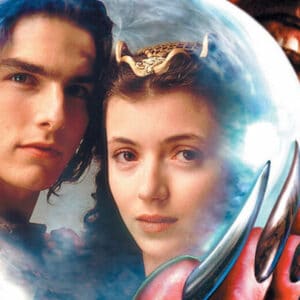
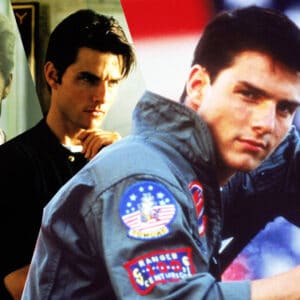
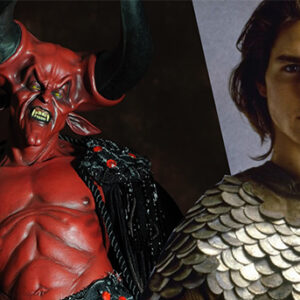

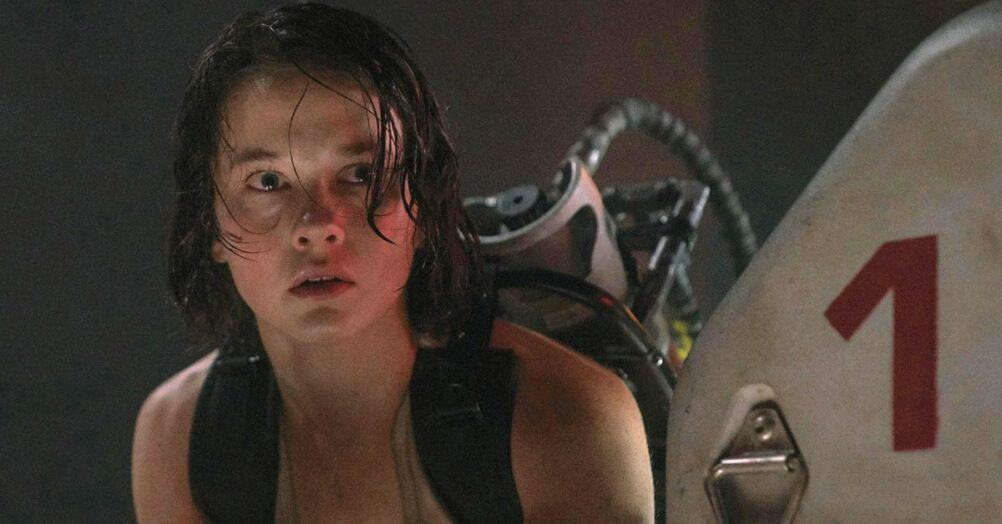


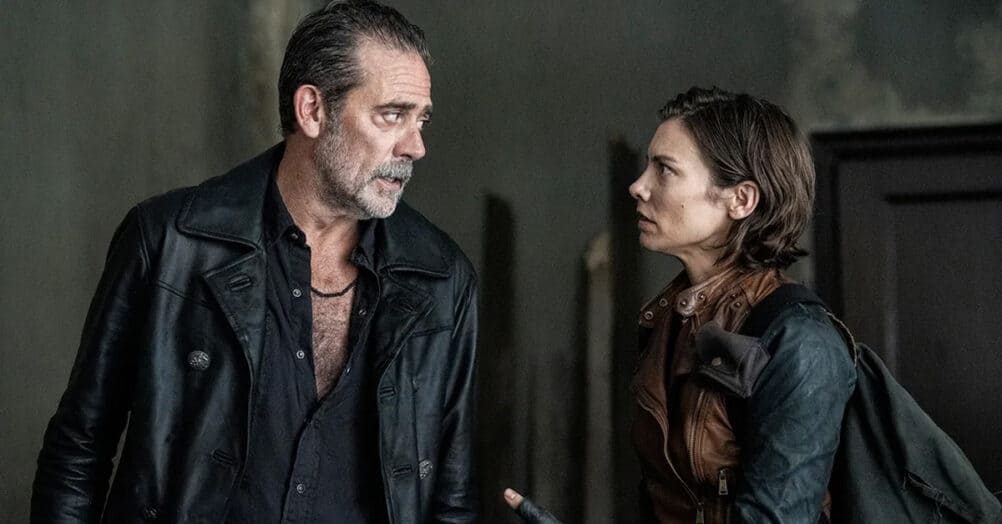
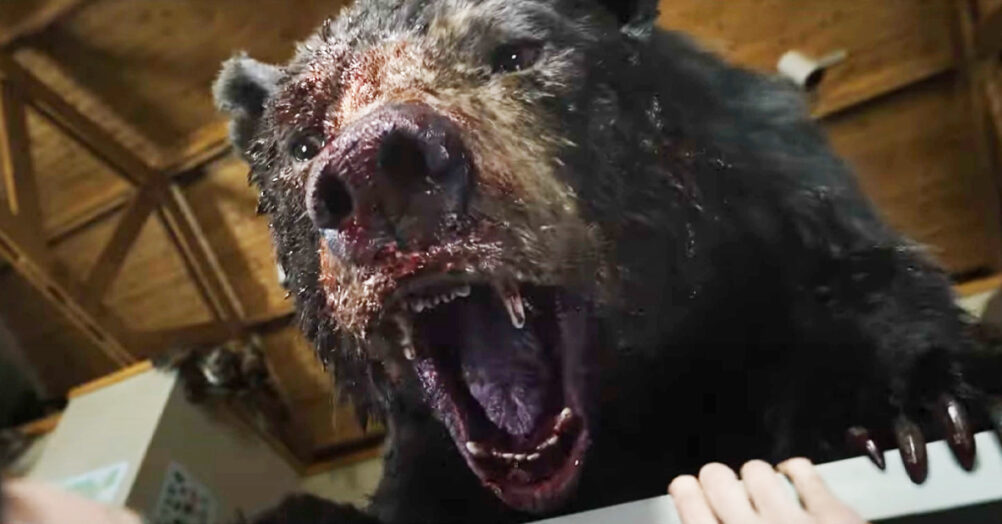




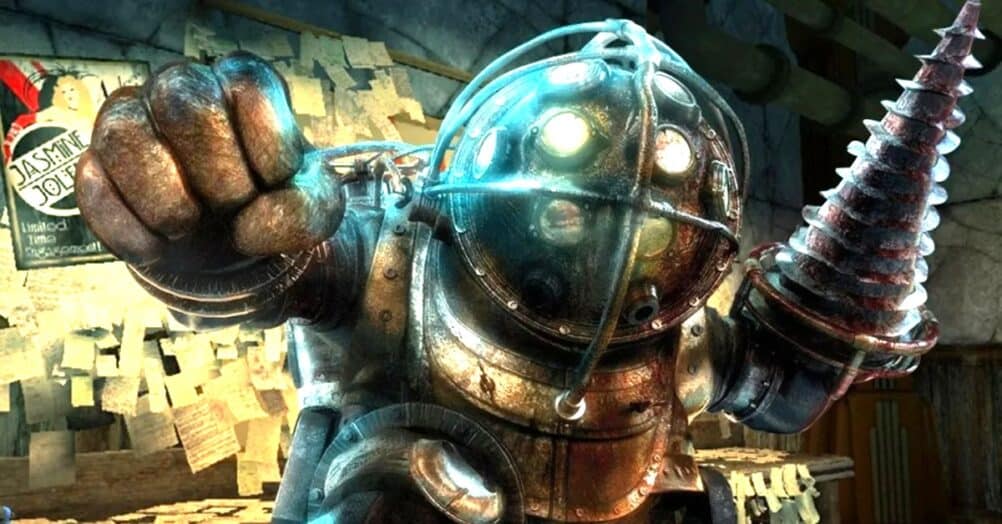
Follow the JOBLO MOVIE NETWORK
Follow us on YOUTUBE
Follow ARROW IN THE HEAD
Follow AITH on YOUTUBE